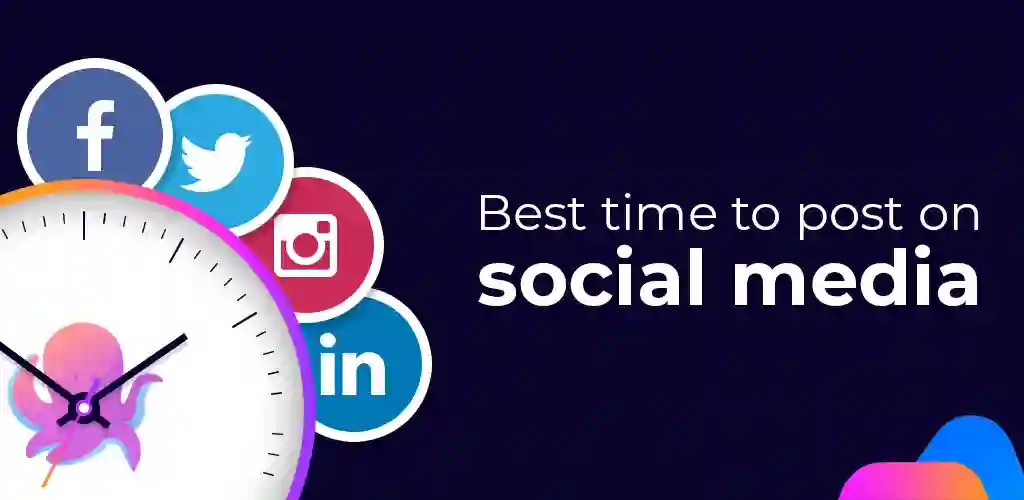Mastering the Clock: Crafting a Social Media Posting Calendar


In today’s digital age, a well-crafted social media calendar is not just a tool; it’s a strategic asset. Mastering the clock through effective scheduling enables businesses and influencers to maintain a consistent, impactful online presence. This article delves into the nuances of creating a social media posting calendar that maximizes engagement, fosters brand consistency, and drives results.
The Importance of a Posting Calendar
A social media calendar is more than a schedule of posts; it’s a visual representation of your strategy. It helps you:
- Maintain Consistency: Regular posting keeps your audience engaged and your brand top-of-mind.
- Plan for Key Dates: Schedule content for important events, holidays, and promotions in advance.
- Balance Content Types: Ensure a diverse mix of text, images, videos, and interactive content.
- Streamline Workflow: Improve team coordination and allocate resources efficiently.
Step-by-Step Guide to Creating Your Calendar
1. Define Your Goals
Start with clear objectives. Are you aiming to increase brand awareness, drive traffic to your website, or boost sales? Your goals will dictate the content you create and the frequency of your posts.
2. Understand Your Audience
Know when your audience is most active on social media. Use platform analytics to determine the best times to post and tailor your content to their preferences and behaviors.
3. Choose Your Platforms
Not all content works well on every platform. Choose platforms that align with your brand and audience. For instance, Instagram is ideal for visuals, while LinkedIn is better for professional content.
4. Plan Your Content Mix
Diversify your content to keep your audience engaged. Include educational posts, behind-the-scenes glimpses, user-generated content, and interactive posts like polls or Q&A sessions.
5. Decide on Posting Frequency
There’s no one-size-fits-all answer for how often you should post. It depends on your audience, goals, and the specific platform. However, consistency is key.
6. Use a Content Calendar Tool
Leverage tools like Google Calendar, Trello, or specialized software like Hootsuite or Buffer. These tools make scheduling, visualizing, and adjusting your content calendar easier.
Advanced Tips for Calendar Optimization
1. Leverage Timely Trends
Stay abreast of current events and trends. Being able to quickly pivot and include relevant content can significantly boost engagement.
2. Analyze and Adapt
Regularly review your analytics to see what’s working and what’s not. Be prepared to adjust your strategy and calendar based on this data.
3. Incorporate User Feedback
Pay attention to comments and messages from your audience. Their feedback can provide valuable insights into their preferences.
4. Schedule in Batches
Batching the creation and scheduling of posts can save time and streamline your workflow. Dedicate specific times for content creation, editing, and scheduling.
5. Balance Automation with Real-Time Engagement
While automation is helpful, ensure you also have real-time interactions. Responding to comments and participating in live discussions can significantly boost engagement.
Challenges and Solutions
Creating a social media posting calendar is not without challenges:
- Time Management: Crafting and maintaining a calendar can be time-consuming. Set aside regular time each week for planning and reviewing your calendar.
- Content Creation: Consistently coming up with fresh, engaging content can be daunting. Consider content themes or series to maintain a steady flow of ideas.
- Flexibility: The digital landscape changes rapidly. Be prepared to adjust your calendar to accommodate last-minute changes or trending topics.
Conclusion
A well-planned social media posting calendar is crucial for any successful digital marketing strategy. It enables you to post consistently, engage effectively with your audience, and achieve your marketing objectives. By understanding your audience, choosing the right platforms, diversifying your content, and leveraging tools for efficiency and analytics for insights, you can master the clock and make your social media presence felt. Remember, flexibility and adaptability are key in the ever-evolving world of social media. By staying agile and responsive, your social media calendar can become your roadmap to digital success.
Recent Posts
Top Reasons to Bet on Rupee7np This Betting Season
Betting is not just about luck—it's about making informed decisions that can lead to success.…
Student Reviews: Is Istinye University the Right Choice?
Choosing a university is a significant decision for any student, and it requires careful consideration…
The Crucial Role Grouting Plays in Australian Construction Projects
Construction grouting is a vital process that often goes unnoticed by the public, yet it…
MT63: The Best Platform for Online Betting & Live Games
Online betting has become an exciting and immersive experience for many enthusiasts across the…
Kemono Party: The Ultimate Fan Experience!
So, here’s the deal. If you're even remotely into anime, manga, or furry culture, Kemono…
Authentic Mulberry Silk Extra Large Scrunchies for Women
Silk scrunchies have become a staple in the world of hair accessories, offering elegance, comfort,…

